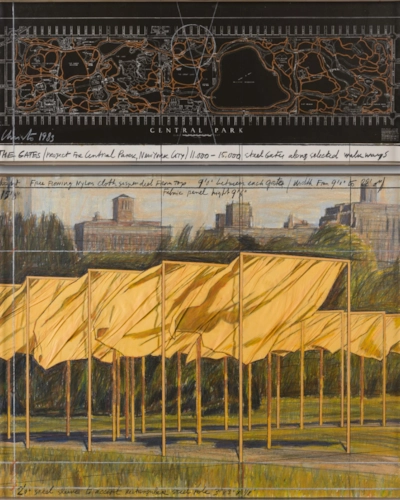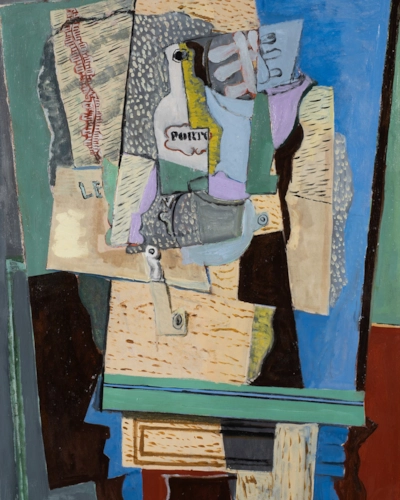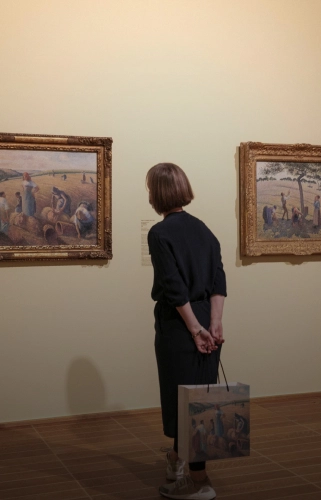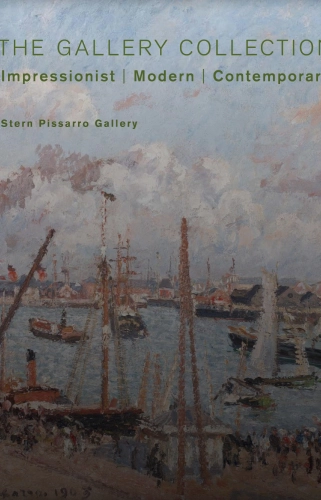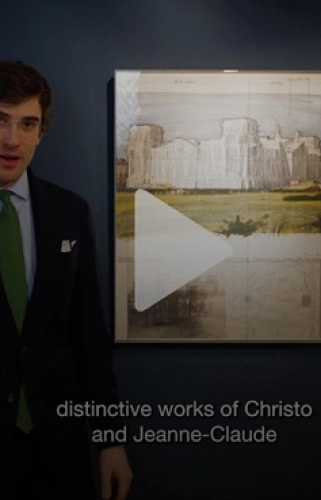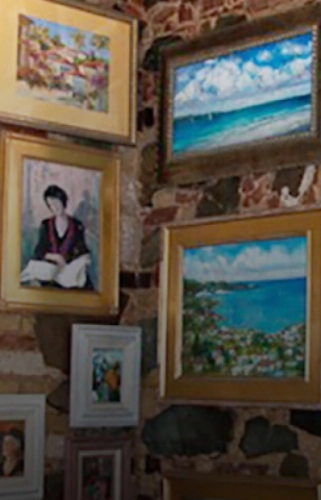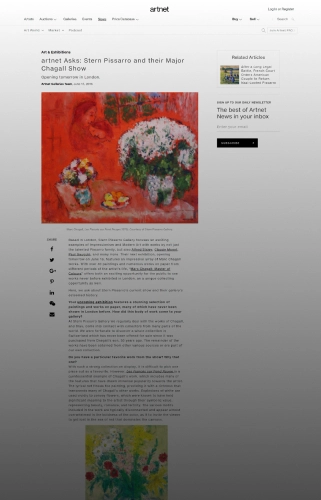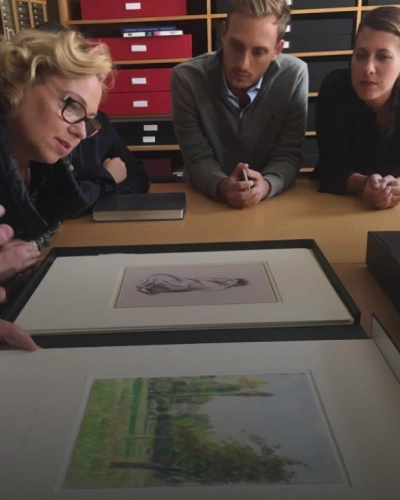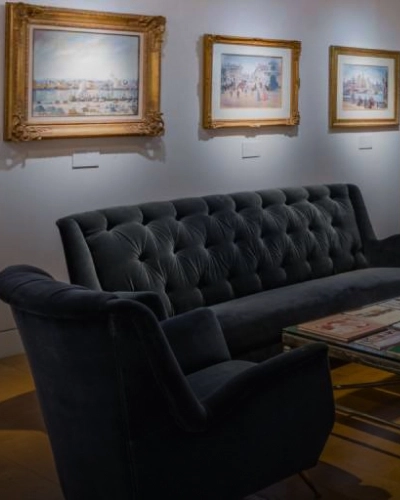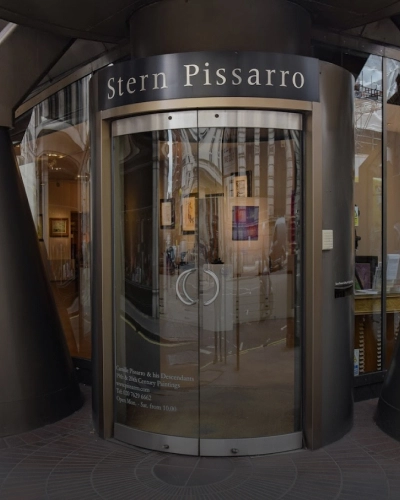ARTWORK SPOTLIGHT: Victor Vasarely, Le Jongleur

ARTWORK SPOTLIGHT: Victor Vasarely, Le Jongleur
Published 20/07/2022
Choosing the subject matter of the juggler, is a playful salute to the trickery at the heart of Vasarely’s trompe l’œil inspired works. Alongside jugglers, harlequins and sportsmen were favourites of the artist - all serving to highlight his continual emphasis on fun and excitement.
Vasarely’s impact on the course of art and culture has been paramount, with renowned artists such as Bridget Riley and Auguste Herbin citing him as a major influence. During his lifetime, the first museum dedicated to Vasarely opened at the Renaissance palace in Gordes, in the south of France, which contained five hundred of his works. In 1976, a second enterprise, the Foundation Vasarely in Aix-en-Provence, was inaugurated by President Georges Pompidou, housed in a building designed by Vasarely himself. Today, his work can be found in public and private collections globally, and most recently in 2019, the Pompidou Centre dedicated an exhibition to Vasarely titled ‘Sharing Forms’.
Le Jongleur is available to view in the gallery and to book an appointment please email us at stern@pissarro.com.
